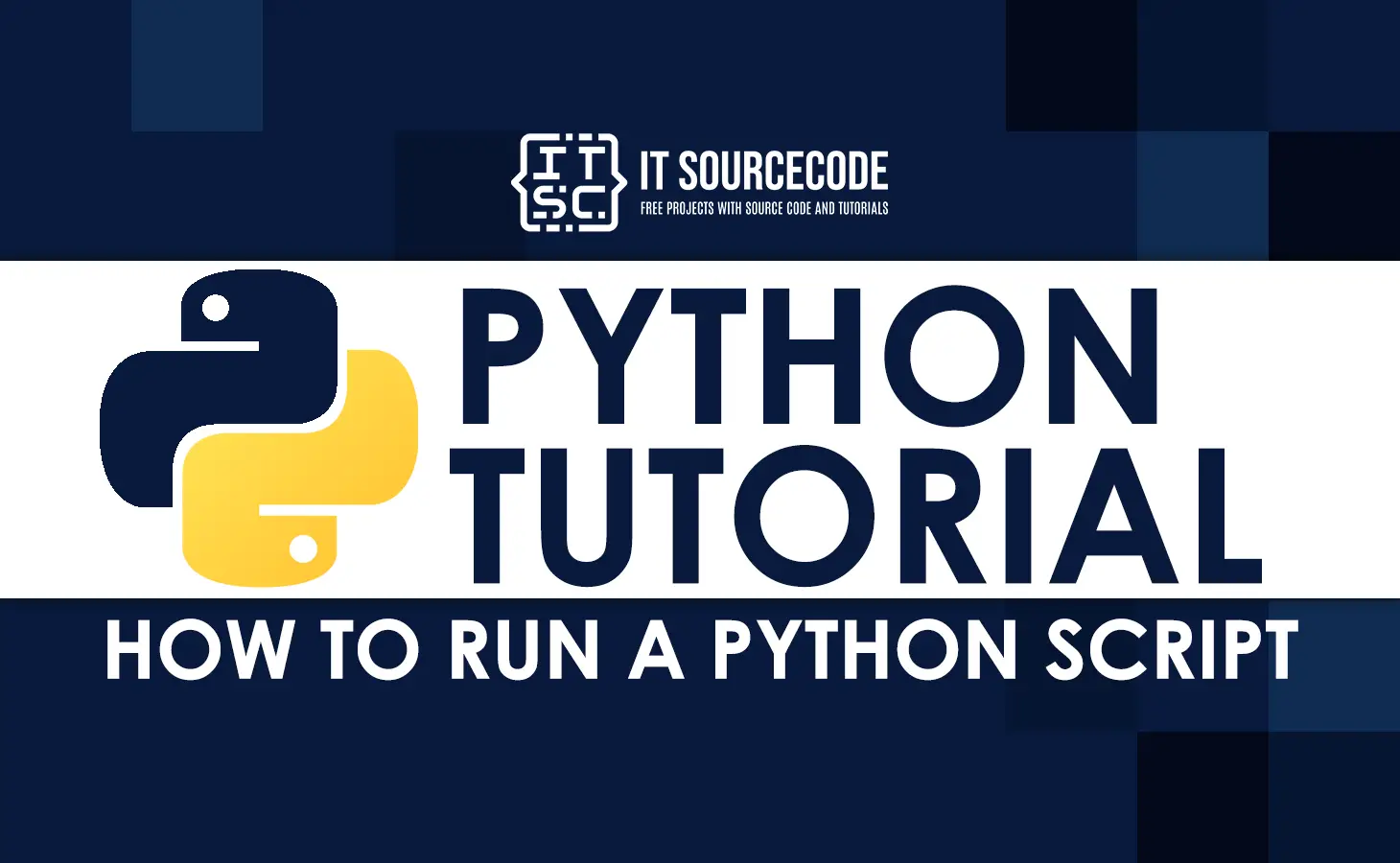One of the best skills to learn is coding. This is a versatile skill that will come in handy for many reasons throughout the years.
Particularly if you want to get involved in the world of coding and computers.
One of the many coding languages that you can learn is Python.
This is a general-purpose coding language that has been designed with code readability in mind.
It makes use of significant indentation.
But if you’re new to coding and everything to do with the Python language.
It can be confusing knowing where to get started.
If you’ve written your very first Python script or code.
You will be excited to run it for the first time on your computer.
But if you’ve never run a Python script before, how do you do this?
Don’t worry, we are here to help you. This article will cover everything you need to know about running a Python script.
We’ll give you all of the info you need to successfully run your first Python script.
As well as cover all the basics you need to know.
What Is A Python Script?
Before we get started with learning how to run a Python script, we first need to understand what a Python script is a little better.
There are so many different words used to describe so many different things when it comes to coding that it’s so easy to miss out on the basics.
A Python script is basically a file that contains all of your Python code that you have written for a specific purpose.
It usually features a batch processing file or a logical sequence of orders you have put together in the Python coding language.
This plain text file will have been created for you to execute for a specific purpose using the Python interpreter program.
This is different from a Python module, which has instead been designed to be imported from a separate Python file, which will then use it.
So now that we know a little bit more about what a Python script is and how this differs from a Python module, we are ready to learn how to run a Python script or code.
How Do I Run A Python Script Or Code?
Before you even get started with trying to run your Python script, you will need to ensure that you have all of the relevant software installed on your operating system.
Python is the name of the coding language, but it is also the name of the interpreter program that you will use to get your computer to understand what you’re asking it to do.
So before you can run your Python script, you will need to download the Python program so that you can execute your code.
There are two ways that your newly downloaded Python program can run your Python code. This is either as a module or a script or if you were to type out your Python code in an interactive session.
Once the Python program is installed, you can open it up to run your script.
This will start several processes in order for the Python program to run the Python script. First, it will work to process the entirety of your Python script in order of its sequence.
If you are trying to run a module rather than a script. Then the program will then put all of this source code.
That it has gathered into something known as bytecode, which is used as a middle man in the whole process of running your Python script.
This basically translates the Python code that you have written into a different, low level language.
That will vary depending on the operating system that you are using.
When the Python interpreter has already run this code once, it doesn’t need to follow this middle step again.
Lastly, the Python interpreter will then start executing the Python code in your script.
This uses the Python Virtual Machine (PVM), which will be in play for the entirety of the run time of your script.
The PVM will work through each step of your Python code line by line as you have written it.
The process of running your Python script is typically called the Python Execution Model.
How To Run An Interactive Session Using The Python Program

Let’s take a look at how to run an interactive session with your Python code.
Once you have Python installed on your computer, you will then need to open it up to start your interactive session.
You will know you have successfully opened your Python program and that it is ready for an interactive session when you see the prompt >>>.
You can then run your Python code as you wish, but the only thing to bear in mind is that you will lose all the code when you close the session down.
So if you want to keep all of that Python code, you will need to write and save it as a standard text file in your favorite text editor.
Do I Need To Install Python To Run A Python Script?
Yes, you do need to install Python to run a Python script. Without the interpreter in place on your operating system, your computer won’t be able to read the code within the Python script.
Related Article
In Summary
You now know what a Python script is and how this comes into play on your computer.
No matter what operating system you have on your computer, you must download the Python interpreter program before running your Python script.
Once you have downloaded the Python program, you can easily run your module or script using this.
The Python interpreter will follow each line of code you have written until it has executed your script.

